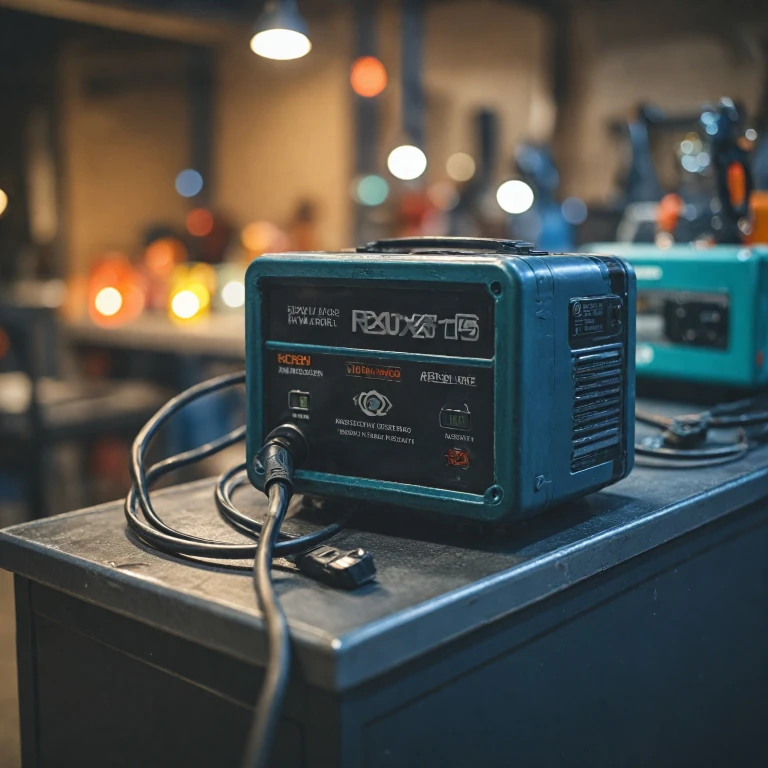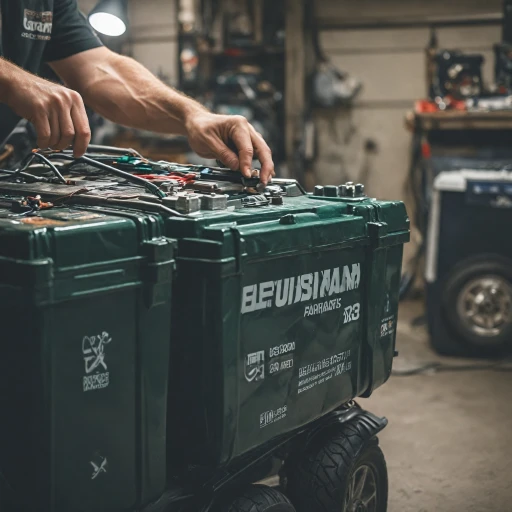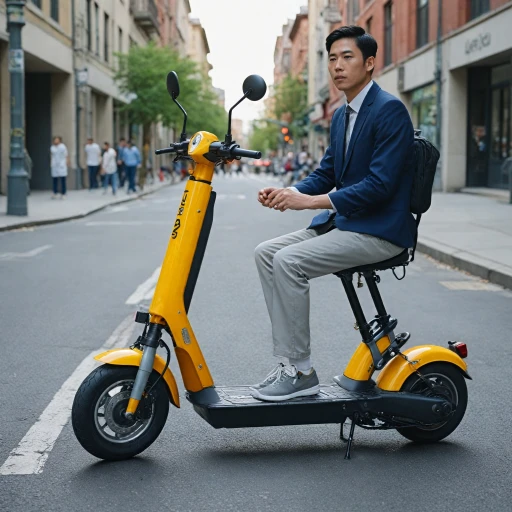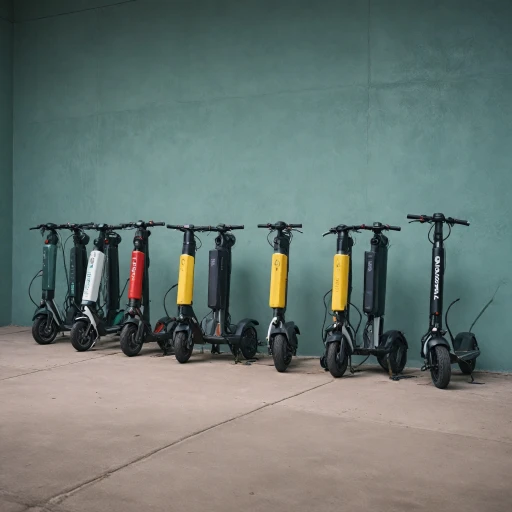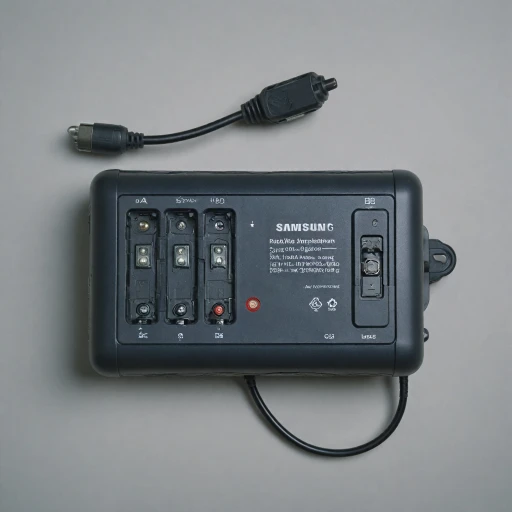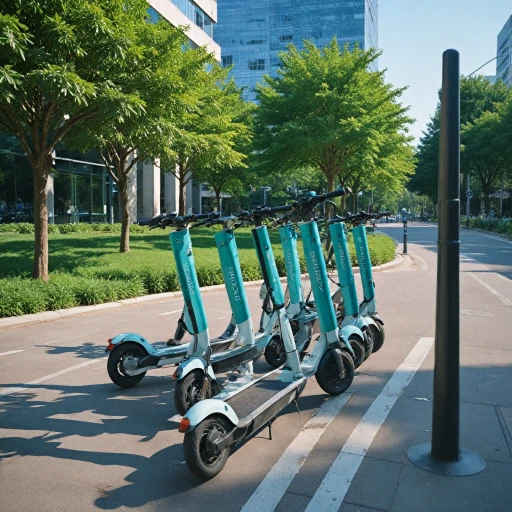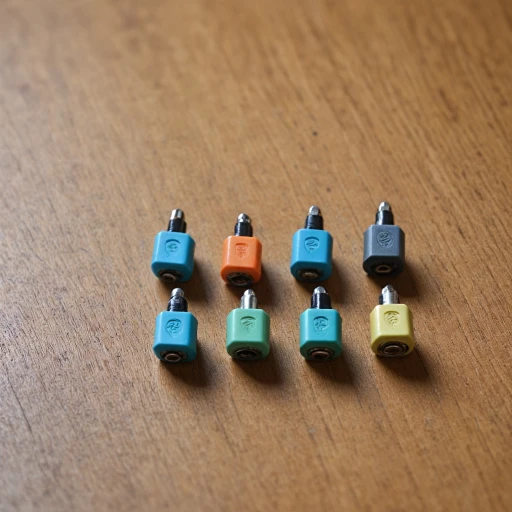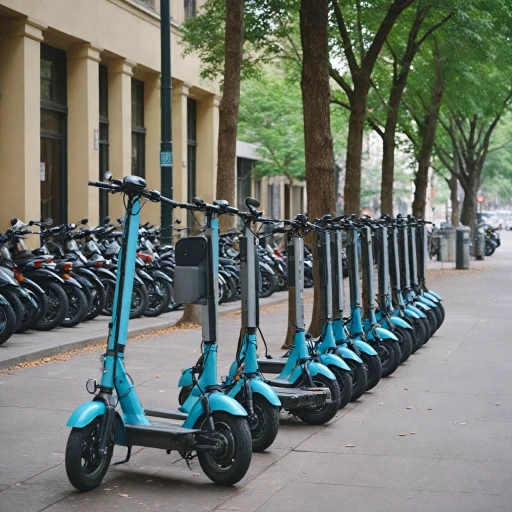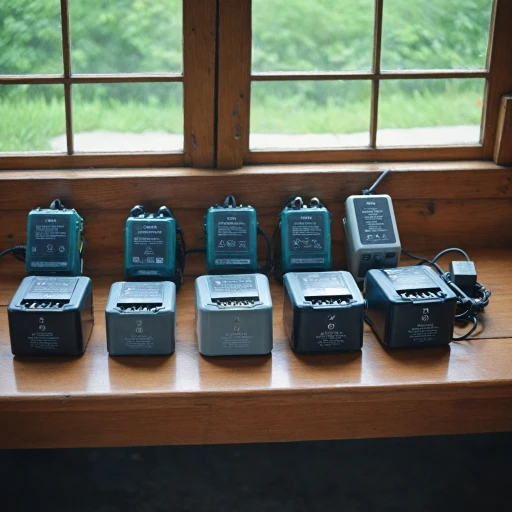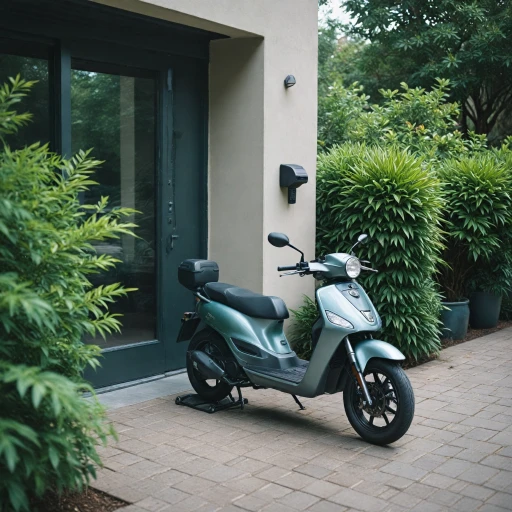The Role of a Scooter Battery Charger
The Essential Role of a Scooter Battery Charger
The importance of a reliable scooter battery charger cannot be overstated. As electric scooters gain popularity for their convenience and eco-friendliness, a battery charger remains central to keeping them running. Without it, even the most advanced electric scooters would be rendered useless once the battery depletes. Chargers serve pivotal functions in transforming electrical energy from your power outlet into a form that can be stored in your scooter's lithium battery. An effective charger not only powers electric scooters efficiently but also prolongs the lifespan of the battery, ensuring the device's performance and safety. Scooter parts, such as batteries and chargers, are often supplied by reputable companies like Pride Mobility and Drive Medical. Their chargers are designed to meet specific power requirements, ensuring the scooters are fully charged and ready for use. Price-wise, these products vary, with some high-end options offering fast charging capabilities and enhanced durability. For those who own mobility and medical scooters, understanding how chargers affect the battery is crucial. The delivery of consistent power directly impacts the performance of the scooter and can prevent frequent battery replacements or scooter parts failures. Before purchasing, it's important to refer to charger reviews to gauge the best options available in the market, considering that some might be unavailable or have a unit price that does not meet your budget expectations. Ultimately, the charger you choose plays a crucial role in your overall experience as an electric scooter owner. Consider both the immediate needs and long-term benefits of investing in a quality battery charger. To gain a deeper understanding of the essentials of your scooter battery charger, you can explore more through this comprehensive guide.Types of Scooter Battery Chargers
Exploring Different Charger Options for Your Electric Scooter
When it comes to keeping your scooters powered, understanding the diversity of charger types is crucial. This choice not only affects the efficiency and speed of charging but also impacts the longevity of your mobility scooter's batteries. To start, it's important to differentiate between the various battery chargers available. Primarily, these fall into two categories: AC chargers and DC chargers. AC chargers, also known as alternating current chargers, are the more traditional type, which adjust the power from your wall socket for charging. On the other hand, DC chargers provide direct current to charge batteries without converting the power, often found as fast chargers for specific models. Additionally, the market offers smart chargers equipped with advanced technology. These units can automatically adjust the charging rate based on the battery's condition, reducing the risk of overcharging and extending battery life. This smart technology is particularly beneficial for lithium battery types, popular in many pride mobility e-scooters and drive medical bikes. Another vital consideration is the voltage compatibility. Each electric scooter model – be it for leisure or medical use – comes with specific voltage requirements. Ensuring your chosen battery charger matches these needs is fundamental. Mismatched voltage can lead to inefficient charging or even damage. Moreover, some chargers feature universal connectors, such as the pin XLR, offering more versatility across different scooter models, including pride scooters. However, dedicated chargers tailored for certain electric models might offer better performance. Finally, it's worth weighing the price and reviews of various chargers. While budget-friendly options are attractive, a higher unit price might reflect better product durability and reliability. Users' charger reviews often provide insights into real-world performance, relevant especially if a charger is frequently unavailable or has poor delivery experiences. Overall, choosing the right battery charger is a step towards ensuring your scooters remain fully charged and ready for action, efficiently and safely. Examining these factors thoroughly can prevent common charging issues and promote environmental responsibility by optimizing your device's energy consumption.Factors to Consider When Choosing a Charger
Key Considerations for Selecting the Right Battery Charger
Choosing the perfect charger for your electric scooter is crucial to ensure efficient charging and prolong your battery life. Given the plethora of options available on the market, it is imperative to understand the key factors that should guide your decision.- Compatibility: The first step in selecting a battery charger is ensuring compatibility with your scooter's battery. Different batteries such as lithium, lead-acid, or gel require specific types of chargers. Confirm the voltage and amp requirements of your scooter battery to avoid any mismatch that could lead to insufficient charging or damage.
- Charger Reviews: Delve into reviews to better understand the performance and reliability of the charger. Product reviews can provide insights into issues like overheating, charging speed, and overall durability, offering a glimpse into real-world usage.
- Charging Speed: Depending on your lifestyle and needs, you might prioritize fast chargers. While these can be convenient by reducing charging time significantly, it's important to ensure that they won't diminish the battery's lifespan by overheating.
- Pricing: Establish a budget that balances affordability with quality. While unit price is a factor, consider the cost of potential replacements or repairs over the charger's lifespan if opting for a cheaper, less reliable option.
- Mobility Features: For mobility scooters or those with specific medical needs, chargers tailored by brands like Pride Mobility or Drive Medical can offer additional peace of mind. These specialized options often come with added features that cater to greater reliability and safety.
- Product Availability: Ensure that the charger you choose is readily available where you live, which can affect delivery times and the possibility of exchanges or returns if needed.
Maintenance Tips for Prolonging Charger Life
Extend the Lifespan of Your Scooter's Battery Charger
Ensuring that your scooter battery charger remains in optimal condition not only maximizes its efficiency but also helps you avoid unnecessary expenses on premature replacements. Here are some maintenance tips aimed at prolonging the life of your electric scooter’s battery charger:
- Avoid Overcharging: Continuously charging your lithium battery even after it’s fully charged can lead to overheating and decrease the overall lifespan of both the charger and the battery. Utilize chargers with automatic shutoffs or a smart battery management system to prevent this.
- Keep It Clean: Dust and debris can accumulate in the pin XLR connectors and around other open parts. Regularly checking and cleaning these parts ensures proper connectivity and efficient charging.
- Temperature Considerations: Excessive heat or cold can affect the charging efficiency. Store your charger in a tempered environment and ensure adequate ventilation during the charging process to prevent it from overheating.
- Inspect for Wear and Tear: Regularly examine the power cord and connections for any signs of damage. If there are frays or exposed wires, it’s wise to replace them to avoid any potential safety hazards.
- Read Charger Reviews: Before purchasing, check charger reviews to understand product reliability and performance under different conditions. A high-rated charger generally offers a better lifespan.
By adhering to these practices, you can ensure your scooter battery charger serves you optimally for an extended period, thus maintaining the performance of your electric scooter and enhancing your overall mobility experience.
Common Charging Issues and Solutions
Addressing Charging Woes: Identifying and Solving Common Issues
Charging your electric scooter efficiently is crucial, yet many owners encounter problems that can hinder the process. Here are some typical issues and their solutions:- Charger Not Working: Ensure the charger is plugged in securely and switch outlets to rule out socket issues. A dead charger can be identified if the LED light remains off, replace it promptly with a reliable product.
- Slow Charging: A charger taking longer than usual can indicate a compatibility issue, especially with lithium batteries. Investing in a fast charger, specifically designed for your scooter model, can rectify this.
- Overheating: If the charger becomes too hot, it could lead to permanent battery damage. Use a well-ventilated space for charging, and consider upgrading to a charger with a cooling mechanism.
- Battery Not Fully Charged: This might be due to a tired charger or battery nearing the end of its life cycle. Regularly inspect both the scooter battery and the charger to ensure they are performing optimally.
- XLR Pin Issues: If your charger uses an XLR connector, ensure pins are not bent or obstructed, as this could disrupt power flow. Carefully align the connector during each charge.
